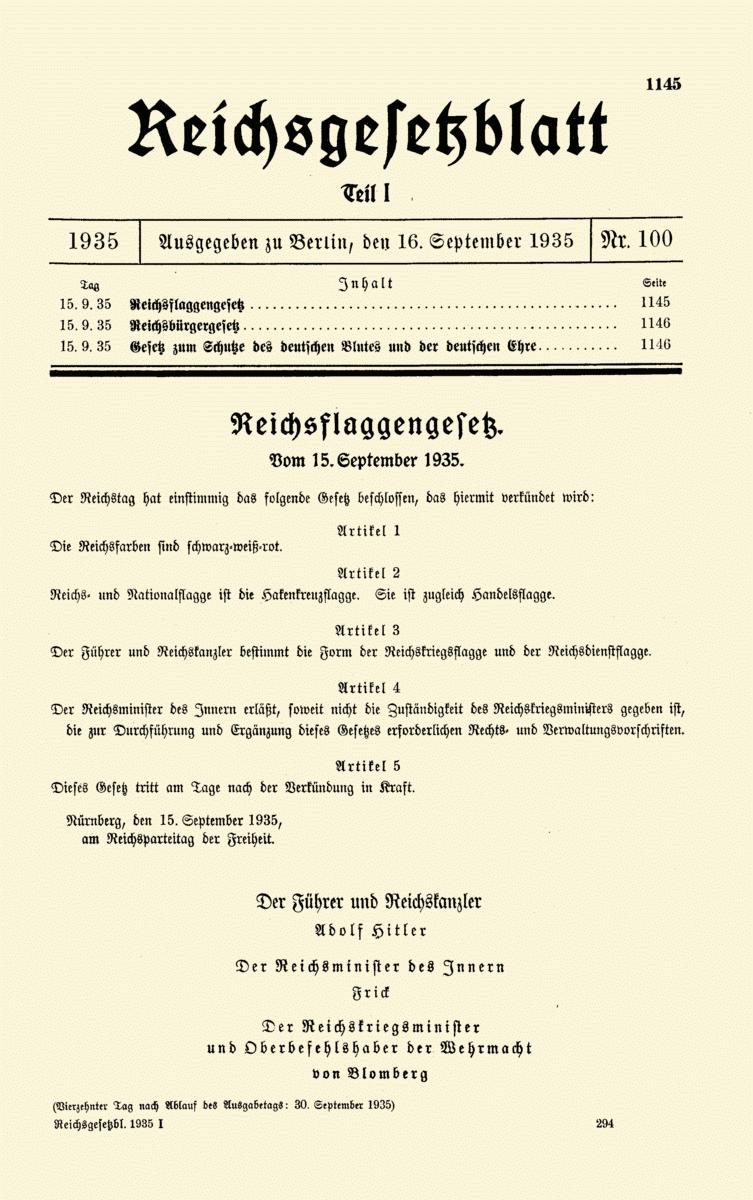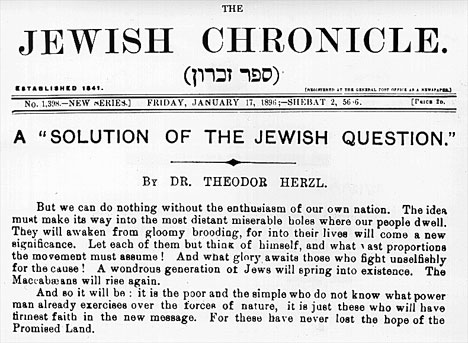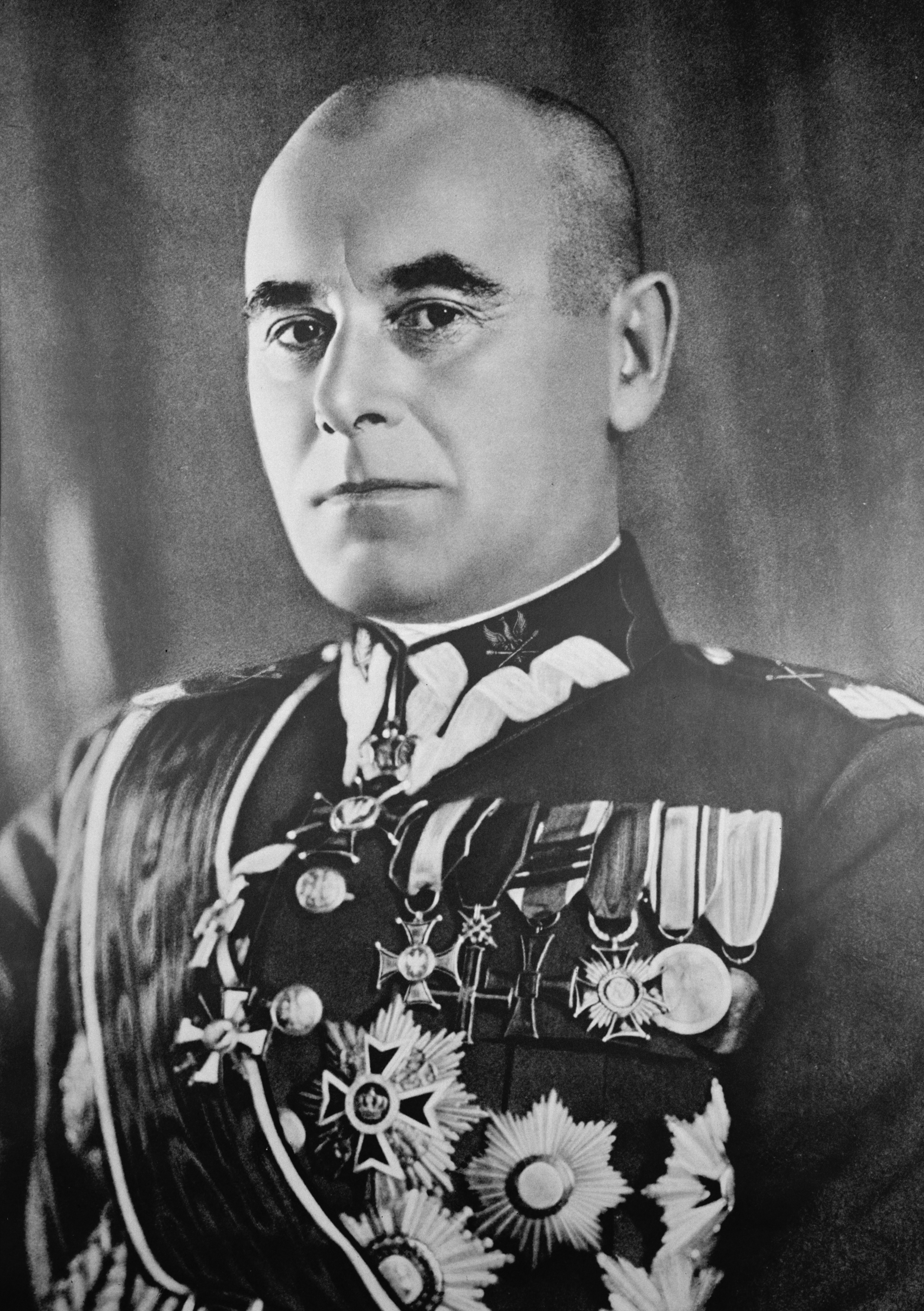|
Oboz Zjednoczenia Narodowego
''Obóz Zjednoczenia Narodowego'' (, en, Camp of National Unity; abbreviated "''OZN''"; and often called "''Ozon''" (Polish for " ozone") was a Polish political party founded in 1937 by sections of the leadership in the Sanacja movement. A year after the 1935 death of Poland's Chief of State Marshal Józef Piłsudski, in mid-1936, one of his followers, Marshal Edward Rydz-Śmigły, attempted to unite the various government factions under his leadership. The attempt failed as another (opposing) Sanacja politician, President Ignacy Mościcki, likewise had a large following; nevertheless, substantial numbers of people did throw their lot in with Rydz-Śmigły. On February 21, 1937, diplomat and Colonel Adam Koc formally announced the formation of ''OZN''. Its stated aims were to improve Poland's national defense and to safeguard the April 1935 Constitution. ''OZN'' was strongly pro- military, and its politicians sought to portray Marshal Rydz-Śmigły as Marshal Józef Pi ... [...More Info...] [...Related Items...] OR: [Wikipedia] [Google] [Baidu] |
Ozone
Ozone (), or trioxygen, is an inorganic molecule with the chemical formula . It is a pale blue gas with a distinctively pungent smell. It is an allotrope of oxygen that is much less stable than the diatomic allotrope , breaking down in the lower atmosphere to (dioxygen). Ozone is formed from dioxygen by the action of ultraviolet (UV) light and electrical discharges within the Earth's atmosphere. It is present in very low concentrations throughout the latter, with its highest concentration high in the ozone layer of the stratosphere, which absorbs most of the Sun's ultraviolet (UV) radiation. Ozone's odour is reminiscent of chlorine, and detectable by many people at concentrations of as little as in air. Ozone's O3 structure was determined in 1865. The molecule was later proven to have a bent structure and to be weakly diamagnetic. In standard conditions, ozone is a pale blue gas that condenses at cryogenic temperatures to a dark blue liquid and finally a violet-black soli ... [...More Info...] [...Related Items...] OR: [Wikipedia] [Google] [Baidu] |
Invasion Of Poland (1939)
The invasion of Poland (1 September – 6 October 1939) was a joint attack on the Republic of Poland by Nazi Germany and the Soviet Union which marked the beginning of World War II. The German invasion began on 1 September 1939, one week after the signing of the Molotov–Ribbentrop Pact between Germany and the Soviet Union, and one day after the Supreme Soviet of the Soviet Union had approved the pact. The Soviets invaded Poland on 17 September. The campaign ended on 6 October with Germany and the Soviet Union dividing and annexing the whole of Poland under the terms of the German–Soviet Frontier Treaty. The invasion is also known in Poland as the September campaign ( pl, kampania wrześniowa) or 1939 defensive war ( pl, wojna obronna 1939 roku, links=no) and known in Germany as the Poland campaign (german: Überfall auf Polen, Polenfeldzug). German forces invaded Poland from the north, south, and west the morning after the Gleiwitz incident. Slovak military forces adv ... [...More Info...] [...Related Items...] OR: [Wikipedia] [Google] [Baidu] |
Nuremberg Laws
The Nuremberg Laws (german: link=no, Nürnberger Gesetze, ) were antisemitic and racist laws that were enacted in Nazi Germany on 15 September 1935, at a special meeting of the Reichstag convened during the annual Nuremberg Rally of the Nazi Party. The two laws were the Law for the Protection of German Blood and German Honour, which forbade marriages and extramarital intercourse between Jews and Germans and the employment of German females under 45 in Jewish households; and the Reich Citizenship Law, which declared that only those of German or related blood were eligible to be Reich citizens. The remainder were classed as state subjects without any citizenship rights. A supplementary decree outlining the definition of who was Jewish was passed on 14 November, and the Reich Citizenship Law officially came into force on that date. The laws were expanded on 26 November 1935 to include Romani and Black people. This supplementary decree defined Romanis as "enemies of the rac ... [...More Info...] [...Related Items...] OR: [Wikipedia] [Google] [Baidu] |
Jewish Question
The Jewish question, also referred to as the Jewish problem, was a wide-ranging debate in 19th- and 20th-century European society that pertained to the appropriate status and treatment of Jews. The debate, which was similar to other "national questions", dealt with the civil, legal, national, and political status of Jews as a minority within society, particularly in Europe during the 18th, 19th, and 20th centuries. The debate began with Jewish emancipation in western and central European societies during the Age of Enlightenment and after the French Revolution. The debate's issues included the legal and economic Jewish disabilities (such as Jewish quotas and segregation), Jewish assimilation, and Jewish Enlightenment. The expression has been used by antisemitic movements from the 1880s onwards, culminating in the Nazi phrase of the "Final Solution to the Jewish Question". Similarly, the expression was used by proponents for and opponents of the establishment of an autonomous ... [...More Info...] [...Related Items...] OR: [Wikipedia] [Google] [Baidu] |
Military
A military, also known collectively as armed forces, is a heavily armed, highly organized force primarily intended for warfare. It is typically authorized and maintained by a sovereign state, with its members identifiable by their distinct military uniform. It may consist of one or more military branches such as an army, navy, air force, space force, marines, or coast guard. The main task of the military is usually defined as defence of the state and its interests against external armed threats. In broad usage, the terms ''armed forces'' and ''military'' are often treated as synonymous, although in technical usage a distinction is sometimes made in which a country's armed forces may include both its military and other paramilitary forces. There are various forms of irregular military forces, not belonging to a recognized state; though they share many attributes with regular military forces, they are less often referred to as simply ''military''. A nation's military may ... [...More Info...] [...Related Items...] OR: [Wikipedia] [Google] [Baidu] |
April Constitution
The April Constitution of Poland ( pl, Ustawa konstytucyjna 23 IV 1935 or ''Konstytucja kwietniowa'') was the general law passed by the act of the Polish Sejm on 23 April 1935. It introduced in the Second Polish Republic a presidential system with certain elements of authoritarianism. Summary The act introduced the idea that the state is a common good of all the citizens. It also limited the powers of the Sejm and Senate while strengthening the authority of the President of Poland. The President was responsible for choosing the members of the government, which, in turn, was responsible to the parliament. He also had the right to dismiss the parliament before the end of term and named a third of the senators, the commander-in-chief of the Polish Army, and the General Inspector of the Armed Forces.Seidner, Stanley S. ''Marshal Edward Śmigły-Rydz Rydz and the Defense of Poland'', New York, 1978. He also had the right to issue decrees and veto acts passed by the Sejm non-cons ... [...More Info...] [...Related Items...] OR: [Wikipedia] [Google] [Baidu] |
Defense (military)
A military, also known collectively as armed forces, is a heavily armed, highly organized force primarily intended for warfare. It is typically authorized and maintained by a sovereign state, with its members identifiable by their distinct military uniform. It may consist of one or more military branches such as an army, navy, air force, space force, marines, or coast guard. The main task of the military is usually defined as defence of the state and its interests against external armed threats. In broad usage, the terms ''armed forces'' and ''military'' are often treated as synonymous, although in technical usage a distinction is sometimes made in which a country's armed forces may include both its military and other paramilitary forces. There are various forms of irregular military forces, not belonging to a recognized state; though they share many attributes with regular military forces, they are less often referred to as simply ''military''. A nation's military may ... [...More Info...] [...Related Items...] OR: [Wikipedia] [Google] [Baidu] |
Ignacy Mościcki
Ignacy Mościcki (; 1 December 18672 October 1946) was a Polish chemist and politician who was the country's president from 1926 to 1939. He was the longest serving president in Polish history. Mościcki was the President of Poland when Germany invaded the country on 1 September 1939 and started World War II. Early life and career Mościcki was born on 1 December 1867 in Mierzanowo, a small village near Ciechanów, Congress Poland. After completing school in Warsaw, he studied chemistry at the Riga Polytechnicum, where he joined the Polish underground leftist organization, ''Proletariat''. Upon graduating, he returned to Warsaw but was threatened by the Tsarist secret police with life imprisonment in Siberia and was forced to emigrate in 1892 to London. In 1896, he was offered an assistantship at the University of Fribourg in Switzerland. There he patented a method for cheap industrial production of nitric acid. In 1912, Mościcki moved to Lviv ( pl, Lwów), in the Kingdom of ... [...More Info...] [...Related Items...] OR: [Wikipedia] [Google] [Baidu] |
President Of Poland
The president of Poland ( pl, Prezydent RP), officially the president of the Republic of Poland ( pl, Prezydent Rzeczypospolitej Polskiej), is the head of state of Poland. Their rights and obligations are determined in the Constitution of Poland. The president heads the executive branch. In addition, the president has a right to dissolve parliament in certain cases, can veto legislation and represents Poland in the international arena. History The first president of Poland, Gabriel Narutowicz, was sworn in as president of the Second Polish Republic on 11 December 1922. He was elected by the National Assembly (the Sejm and the Senate) under the terms of the 1921 March Constitution. Narutowicz was assassinated on 16 December 1922. Previously Józef Piłsudski had been "Chief of State" (''Naczelnik Państwa'') under the provisional Small Constitution of 1919. In 1926 Piłsudski staged the " May Coup", overthrew President Stanisław Wojciechowski and had the National Assembly elec ... [...More Info...] [...Related Items...] OR: [Wikipedia] [Google] [Baidu] |
Edward Rydz-Śmigły
Marshal Edward Rydz-Śmigły (11 March 1886 – 2 December 1941; nom de guerre ''Śmigły, Tarłowski, Adam Zawisza''), also called Edward Śmigły-Rydz, was a Polish politician, statesman, Marshal of Poland and Commander-in-Chief of Poland's armed forces, as well as a painter and poet. During the interwar period, he was an exceptionally admired public figure in Poland and was regarded as a hero for his exemplary record as an army commander in the Polish Legions of World War I and the ensuing Polish–Soviet War in 1920. He was appointed Commander-in-Chief and Inspector General of the Polish Armed Forces following Marshal Józef Piłsudski's death in 1935. Rydz served in this capacity at the start of World War II during the invasion of Poland. When war loomed, political differences fell away and defense became the national priority. Consequently, Rydz's stature eclipsed even that of the president. The shock of the Polish defeat made objective evaluations of his legacy duri ... [...More Info...] [...Related Items...] OR: [Wikipedia] [Google] [Baidu] |
Józef Piłsudski
), Vilna Governorate, Russian Empire (now Lithuania) , death_date = , death_place = Warsaw, Poland , constituency = , party = None (formerly PPS) , spouse = , children = Wanda, Jadwiga , profession = , signature = Józef Piłsudski Signature.svg , footnotes = , nickname = , allegiance = Austria-HungarySecond Polish Republic , branch = Polish LegionsPolish Army , serviceyears = 1914–19231926–1935 , rank = Marshal of Poland , unit = , commands = , battles = World War IPolish–Ukrainian WarPolish–Lithuanian WarPolish–Soviet War , awards = , resting_place = Józef Klemens Piłsudski (; 5 December 1867 – 12 May 1935) was a Polish statesman who served as the Chief of State (1918–1922) and First Marshal of Poland (from 1920). He was cons ... [...More Info...] [...Related Items...] OR: [Wikipedia] [Google] [Baidu] |




.jpg)


